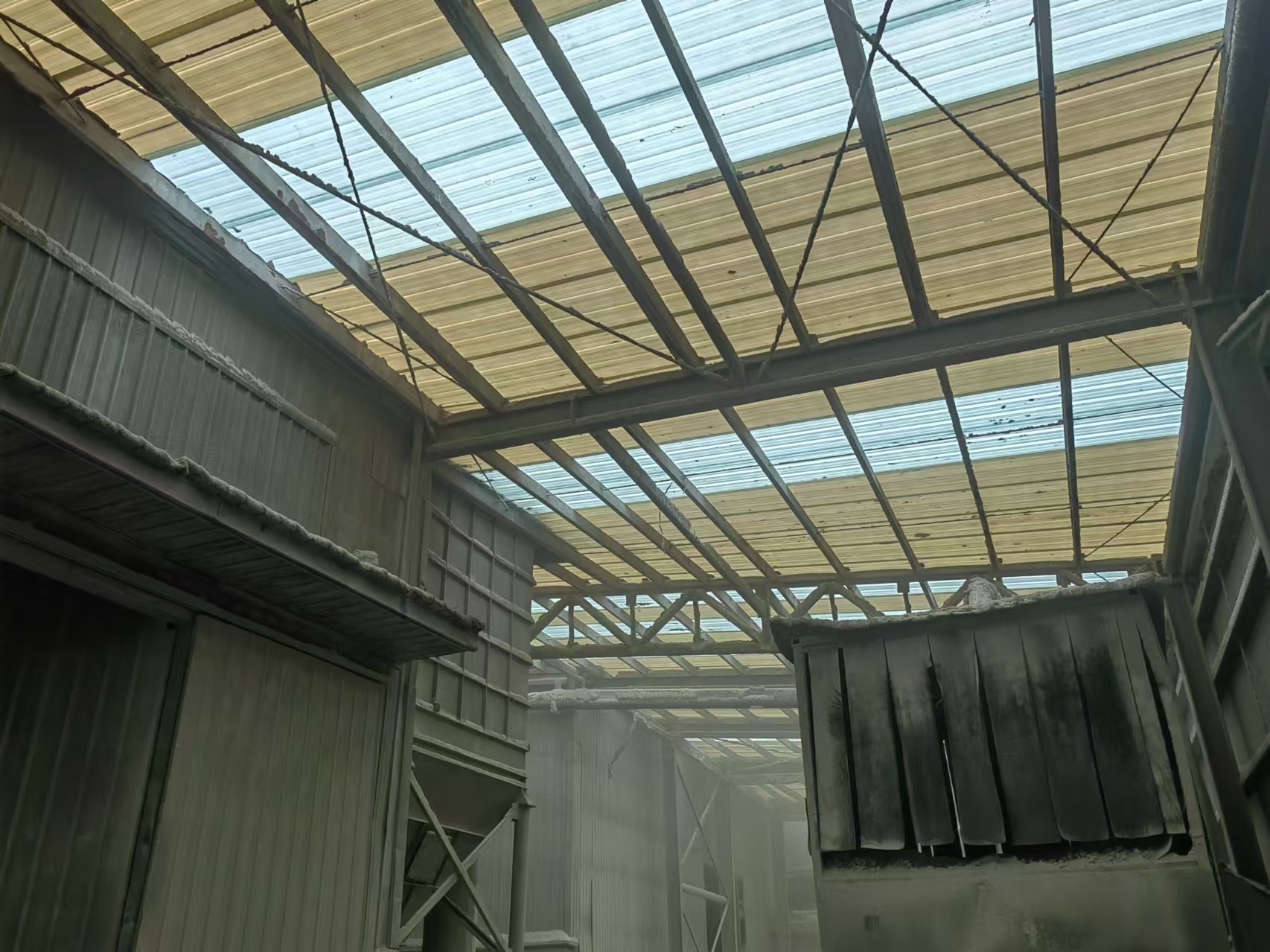
Fiberglass sheets are known for their strength and durability, requiring minimal maintenance compared to other materials. However, regular upkeep is essential to maximize their lifespan and ensure optimal performance. Below are some practical tips for maintaining fiberglass sheets.
1. Regular Cleaning
Fiberglass sheets can accumulate dust, dirt, and debris over time, especially when used in outdoor or industrial environments. To maintain their appearance and functionality, regular cleaning is recommended. Use warm water and a mild detergent to clean the surfaces, avoiding harsh or abrasive cleaners that could damage the protective layer of the sheet.
Tip: Clean the sheets using a low-pressure hose or a soft cloth to avoid scratches.
2. Surface Inspections
While fiberglass sheets are resistant to corrosion and impacts, periodic inspections are important to identify cracks, damage, or premature wear. These inspections can prevent major issues by detecting early signs of deterioration.
Tip: Perform visual inspections at least twice a year, especially if exposed to extreme climates or industrial settings.
3. Minor Repairs
If small cracks or dents are detected, they should be repaired immediately. There are specific fiberglass repair kits that allow you to fill and seal the damage, preventing it from worsening.
Tip: Use a sealant compatible with fiberglass to ensure an effective and long-lasting repair.
4. Avoid Harsh Chemicals
Fiberglass sheets are resistant to most chemicals, but strong solvents or acids can affect the surface. If exposed to chemicals, clean the sheet promptly to avoid damage.
Tip: In industrial environments, use extra protection if the sheet is exposed to corrosive chemicals.
5. UV Protection
Although many fiberglass sheets come with built-in UV protection, prolonged exposure to the sun can degrade the material over time. To extend the life of the sheets, it is recommended to apply an additional protective coating periodically, especially in areas with high solar radiation.
Tip: Use UV protective coatings available at specialty stores to prevent yellowing or the loss of the sheet's properties.
6. Check Fixings and Structure
Besides maintaining the sheets themselves, it’s important to check the fixing systems, supports, and the structure where they are installed. Sheets may become loose or misaligned due to temperature changes, wind, or vibrations.
Tip: Ensure that screws, bolts, and other fixings are tightened properly to avoid unwanted movement.
7. Remove Debris
If the sheets are installed on roofs or outdoor areas, it’s common for leaves, branches, or other debris to accumulate. It is advisable to remove these to avoid blocking drainage or damaging the sheet surface.
Tip: Regularly clear away debris, especially after storms or high winds.
8. Prevent Mold and Mildew
In high humidity areas, fiberglass sheets may be prone to mold or mildew growth. To prevent this, ensure proper ventilation and, if needed, use specific antimicrobial products.
Tip: Use mold-safe products for fiberglass if you notice dark spots or discoloration on the sheets.
Conclusion
Maintaining fiberglass sheets is simple and requires only basic care, such as regular cleaning and visual inspections. With proper maintenance, these sheets can retain their performance and appearance for many years, offering a reliable solution for industrial, agricultural, or residential applications.












